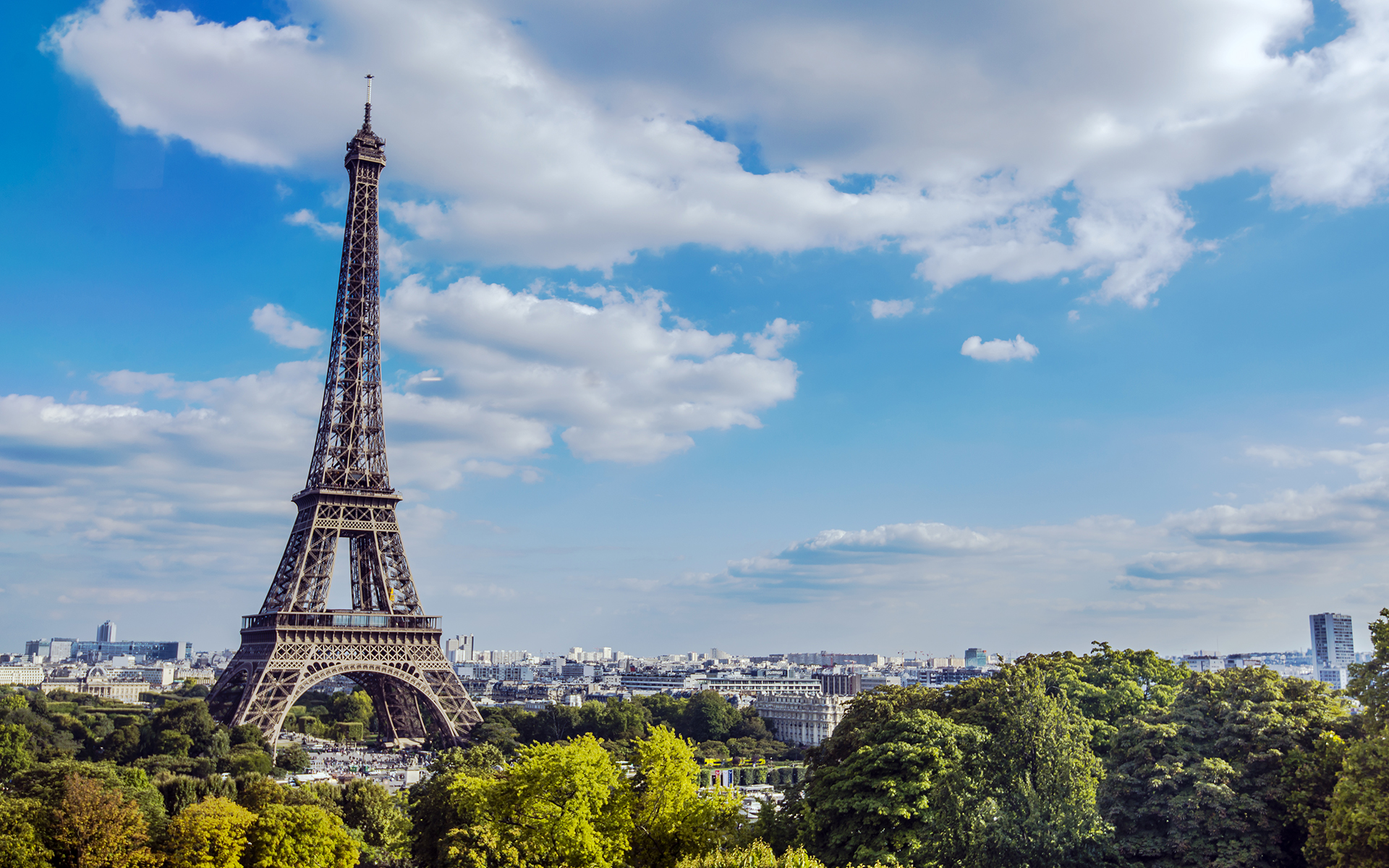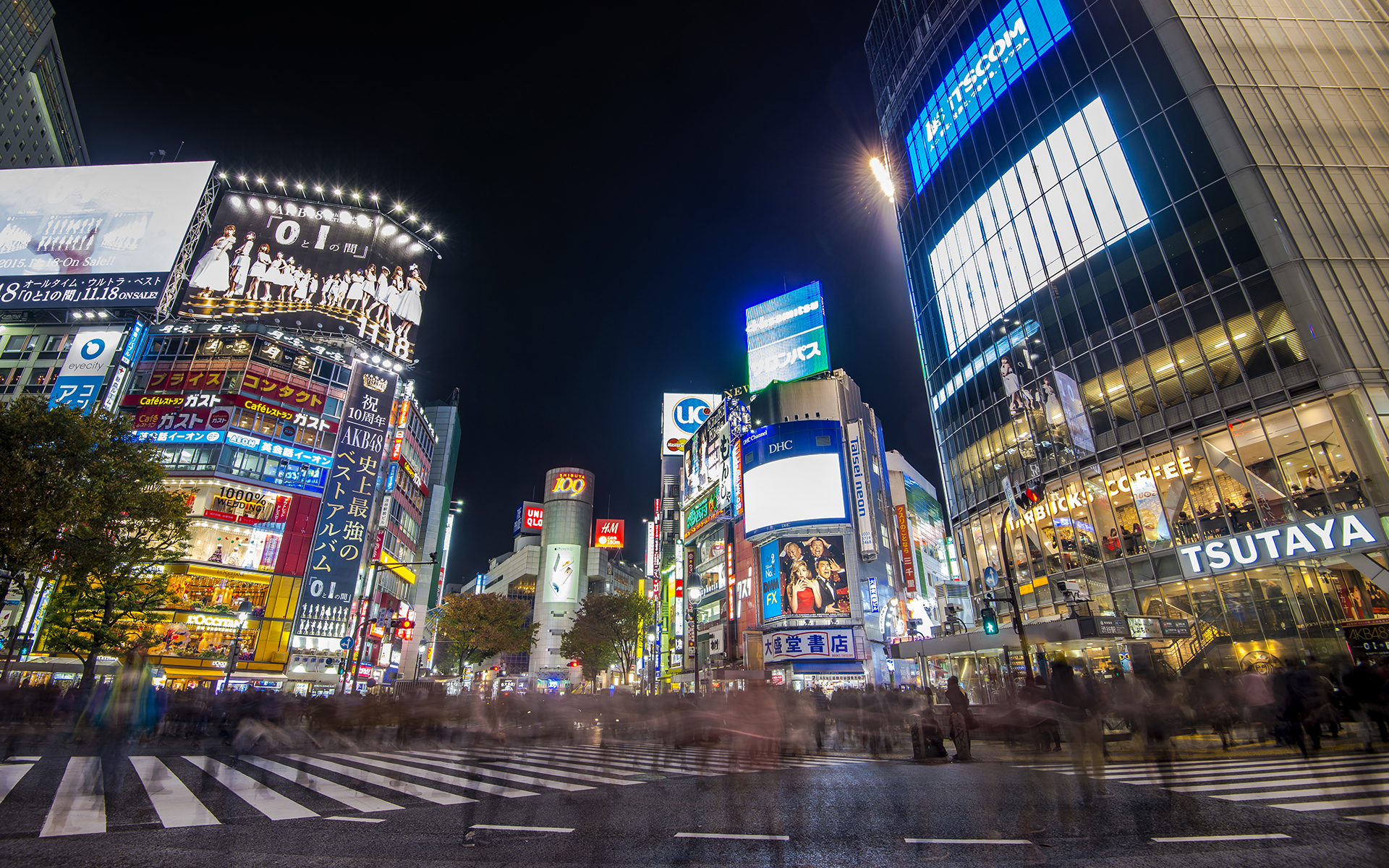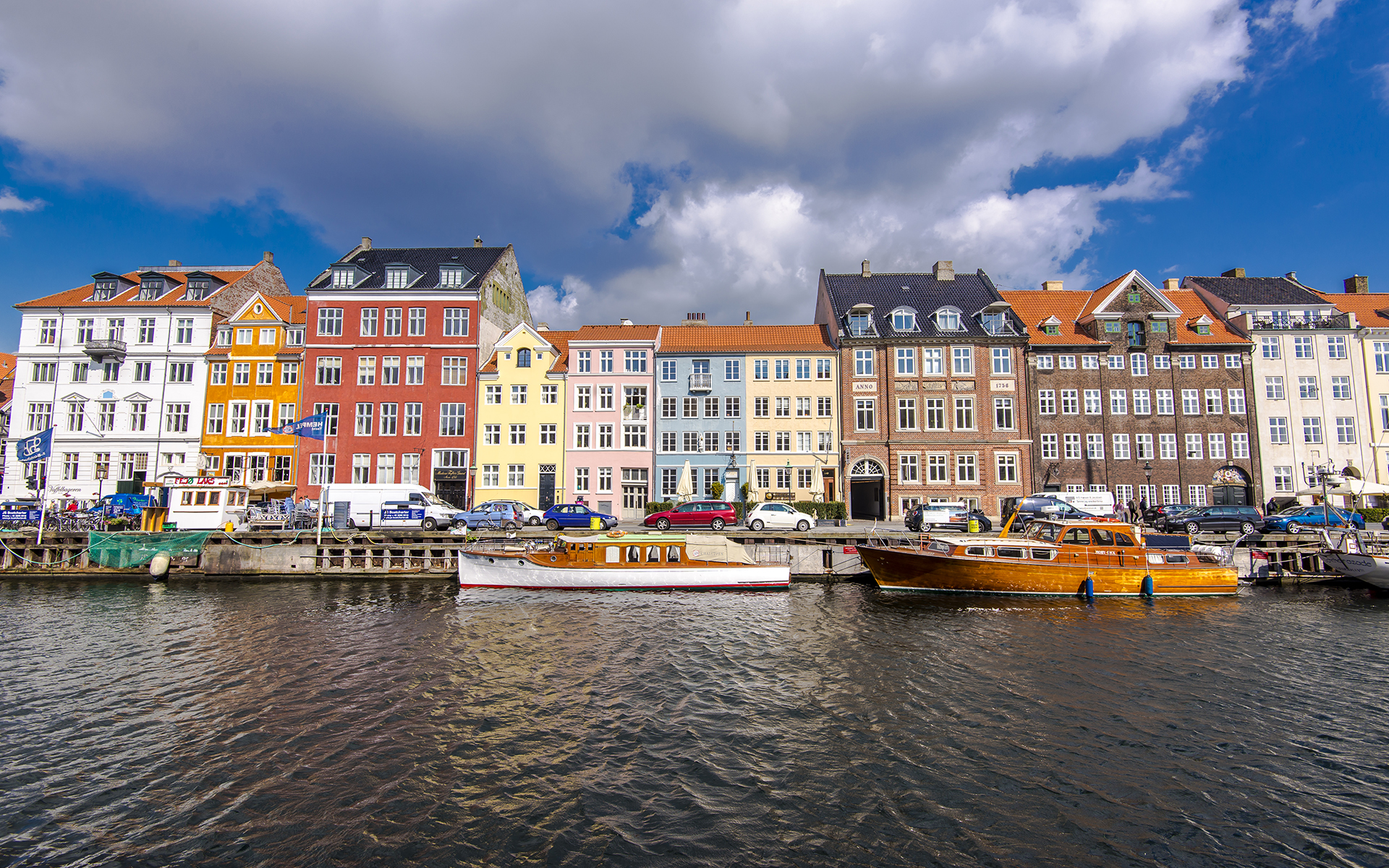Stockholm: An Overview

Stockholm, Sweden
Another #TravelTuesday takes a second consecutive stop in Scandinavia to visit the capital of Sweden. Stockholm is a unique hybrid of a city--I like to describe it by saying it's the result of if Venice and Amsterdam had a baby and sent it up north. Spread across an archipelago of 14 islands bridging Lake Mälaren and the Baltic Sea, Stockholm has been occupied for over 3000 years. It's historic character mixes elements of classical European styles with the stone and masonry building materials more common to the area, but the area is also home to the sleek, clean, modern aesthetic of Scandinavian design that has become quite popular all around the world (look no further than IKEA). Lets take a closer look at the most populous city of the Nordic countries and icon of Viking culture.
Beautiful waterfront Stockholm is a jewel in Scandinavia, although this summer scene is considerately more comfortable than the harsh winter that sweeps through Sweden.
Transportation
Although the closest airport to the city is Stockholm-Bromma Airport (BMA), located just five miles northwest of the city, the overwhelming vast majority of international travelers will fly into the newer Stockholm-Arlanda Airport (ARN), located 23 miles north of the city. The relationships are similar to Tokyo's Haneda and Narita airports in terms of proximity and age, but with Arlanda, all incoming guests can take the speedy 20-minute Arlanda Express train from the airport right into Stockholm Central station--the heart of the city. The cost will run anywhere from approximately $18 to $33 for a one-way ticket, depending on time of advanced purchase or day-of purchase. This is a tad expensive compared to light rail airport options in some other cities, but it is by far the most convenient way to reach the city.
A comparison of Stockholm's two main airports, along with an outline of the main part of the city, which is quite compact but spread across several islands and local geographic zones.
Stockholm Central Station ("Stockholm C")--the main city stop of the Arlanda Express--serves as the central hub in the hourglass of the Swedish rail network. Regional light rail comes together at this point in a north/south direction before diverging again. From here, guests can take regional trains to other destinations in Sweden and the rest of Scandinavia, such as Gothenburg, Copenhagen, Oslo, and more.
Stockholm's metro system also converges at Stockholm Central Station ("T-Centralen") and serves dual roles of being both a great way to get around to various stops around the city and also the longest art gallery in the world. This is because many stops on the Stockholm metro, or T-Bana, have unique art installations or interior architecture far exceeding that of a typical rail line. In fact, for some photographers, the metro stations become destinations in and of themselves because of their unique spaces and sometimes otherworldly ambiance. The clean and modern system also has three metro lines that branch out both north and south of Stockholm Central, and though this network is not as interlaced as, say, Paris and Tokyo, the metro layout is easy to navigate and still allows travelers to hit the city's major destinations relatively conveniently.
The T-Bana's Radhuset station features what is made out to be an ethereal cavern of exposed red bedrock, as though the rail line was routed into this mystical subterranean chamber.
For the Stockholm metro, there are three primary ways for access and payment:
A Travelcard that offers unlimited use over the course of 1-, 3-, or 7-day segments (the 7-day requires a $2.50 SL Access card). I say days, but they are really for 24-hour increments of each option, so these cards expire X days after purchase at the time of purchase.
A zone ticket that allows unlimited use over a limited period of time--75 or 90 minutes depending on which zones are selected. This is essentially a single-use ticket for most people, but someone who may need to hope on the metro several instances in a short moment of time could take advantage of the time span accommodated.
Loading credit onto an SL Access card to use as a light rail debit card.
During my trip to Stockholm a couple of years ago, I opted to purchase the Travelcard so that I wouldn't have to worry about figuring out fares at each station. Because I visited multiple areas of the city during my three days there, this ended up being a value for me. But for those who do research and find that they may not make as much use of the T-Bana, a zone ticket may be more economical. Travelcards are available at an SL Center (official ticket and travel information office for Sweden's light rail system), select metro stations, and Arlanda Airport, while regular tickets can be purchased at any T-Bana station.
Tiny Skeppsholmen is one of countless islands that make up Stockholm.
Finally, those who are looking for an aquatic way to tour the city might consider the Strömma Archipelago Tour or Hop On Hop Off Boat!
Attractions
Stockholm has plenty of museums, monuments, structures, and parks spread across its many islands. The historic center lies in Gamla Stan, a small island located just south of Stockholm Central and between Norrmalm to the north and Sodermalm to the south. Sodermalm itself is a hilly island home to many trendy boutique shops, art galleries, and nightlife. To the east is an island called Djurgården, while Östermalm lies just north of that and beside Norrmalm. Vasastan and Kungsholmen comprise neighborhoods located to the northwest of the old town historic core. Outside of that, there are plenty of other islands and areas to explore, each bounding or surrounded by waterways. Here's a small list of what Stockholm has to offer!
Old town Gamla Stan is the historic heart and core of the city.
Monuments and Architecture
There aren't too many skyscrapers or towering monuments in Stockholm, but that's part of the charm. The city feels historic, with a rich and dense urban fabric. But just some of the icons that stand out include:
- Stockholm City Hall (Stadhus)
- The Royal Palace and Armory
- Stockholm Public Library
- Rosendal Palace
- Sky View
The Stockholm City Hall stands proudly along the water in the Kungsholmen neighborhood, just west of Norrmalm
Gunnar Asplund's Stockholm Public Library is a significant work of architecture and illustrated his transition from a classical style to a more modern and functional one.
Sky View, located in the Globen sector just south of the heart of the city, consists of two tracked gondolas that creep up the side of the Ericsson Globe arena to offer panoramic views of the city.
Special mention should be made to some of the more prominent Stockholm metro stops with particularly notable or interesting designs or installations:
- Kungsträdgården (blue line)
- T-Centralen (blue line)
- Solna Centrum (blue line)
- Radhuset (blue line)
- Tensta (blue line)
- Hötorget (green line)
- Thorildsplan (green line)
- Bagarmossen (green line)
- Tekniska Högskolan (red line)
- Stadion (red line)
Kungsträdgården is one of many fantastic and truly unique metro stops in Stockholm.
Museums & Galleries
Stockholm does have a tremendous wealth of museums and galleries, though. They celebrate history, the arts, the region's nautical history, and more. Many of them even offer free admission--a benefit to visitors of having a progressive and socialist government that supports the promotion of the arts:
- Vasa Museum
- Nordic Museum (Nordiska Museet)
- Museum of Modern Art (Moderna Museet)
- Nationalmuseum
- Sven-Harry's Art Museum
- Skansen Museum & Zoo
- Army Museum
- Swedish History Museum
- Museum of Mediterranean and Near Eastern Antiquities
- Swedish Museum of Natural History and Cosmonova
- The National Maritime Museum
- Fotografiska (Photography Gallery)
- Liljevalchs Art Gallery
- The Swedish Center for Architecture and Design
The most visited museum in Scandinavia, the Vasa Museum focuses on the Vasa, the only almost-fully intact 17th century ship ever salvaged, which sank on her maiden voyage (call it Sweden's Titanic).
The Nordic Museum covers Scandinavian history, arts, and culture. It's a fantastic place to explore and highly educational!
The Museum of Modern Art is located on tiny Skeppsholmen and offers exhibits dedicated to contemporary art.
Theaters & Venues
If you want to watch a spectacle and being among other similarly minded entertainment seekers, these theaters and sporting venues might pique your interest. And if they don't, even architecturally, they are intriguing:
- Royal Swedish Opera
- Royal Dramatic Theater
- Ericsson Globe Arena
- Tele2Arena
The Tele2Arena, located right across the way from the Ericsson Globe and near Sky View, in Globen, is a modern retractable roof multi-purpose stadium used for soccer matches and concerts.
Religious Establishments
Churches and religious monuments lack the refined, high classical style that might be found closer to the heart of Europe, but they still offer an interesting look at how architecture and faith interwound up in the Nordic country. These are some of the interesting places I found while exploring Stockholm:
- Stockholm Cathedral (Storkyrkan)
- St. Eric's Cathedral
- St. John's Church
- German Church / St. Gertrude's Church
- Riddarholm Church
- Högalid Church (Högalidskyrkan)
Stockholm Cathedral is an example of Brick Gothic architecture--basically because it's the Gothic Style, but done in brick masonry instead of stone!
Beautiful Riddarholm Church, located on the island of Riddarholmen (part of Gamla Stan), is also known as the burial place for many Swedish monarchs.
Parks, Gardens, and Scenic Points
Perhaps Stockholm's greatest treasure is its integration with nature. With plenty of waterways and rich green spaces inside the city and in the surrounding areas, Stockholm is lush with natural beauty. Many of its parks, gardens, and scenic areas can fill hours of time for those who want to enjoy the views and take in the verdant ambiance:
- Monteliusvagen
- Langholmen Island
- Observatorielunden Park
- Djurgården Park
- Gröna Lund Amusement Park
Densely interwoven Tivoli Gröna Lund amusement park dates back to the 19th century and contains a myraid of roller coasters and thrill rides--not to mention the tallest swing ride in the world.
Outside the City
When I was planning my trip, I had several friends recommend tourist sites outside of the main city. I visited a couple of these and definitely enjoyed myself. To those who are in Stockholm long enough to explore outside of the city, I do recommend places like these:
- Millesgården
- Artipelag Cultural Center
- The Woodland Cemetery (Skogskyrkogarden)
- Drottningholm Palace
- Gripsholm Castle
Charming and lovely Millesgården is an art museum and sculpture garden located on the island of Lidingö, northeast across from Östermalm.
Money
Sweded does NOT participate in the Euro, so travelers should make sure to bring some Swedish Krona with them. $1.00 is generally equal to a little less than 9 SEK, making for some annoying conversion exercises. Fortunately, Sweden is also very accommodating with plastic and accepts credit cards pretty much universally. As in Denmark's case, I should still mention that only chipped credit cards are accepted in Sweden. Many places will not accept credit cards that only swipe, although such cards that come with PIN's may get through. Another work-around is to swipe and ask to sign the receipt, which I found to be somewhat successful during my 2014 vacation.
A stroll along the photogenic waterfront of Norrmalm by the Grand Hotel Stockholm features pricey properties and beautiful sights.
Stockholm is also expensive, though not quite as expensive as Copenhagen. In fact, Sweden as a whole is a little more economical than Denmark (one story I heard recounted to me during my travels told of a common habit of Copenhagen businesspersons to take the train across the Strait to Malmo, Sweden for lunch and even do a bit of shopping there, because just that short distance offered better values. Still, the high standard of living means that prices for pretty much everything are high, so similar to Denmark, expect your daily costs for things like food/dining to be a little elevated compared to much of elsewhere Europe.
As is the case throughout Europe, there is no need to tip when dining out.
Communication & Customs
My only knowledge of Swedish prior to my trip stemmed from the mutterings of the Swedish Chef from The Muppet Show, but in preparing for my vacation, I found that what he was saying wasn't actually Swedish at all, but rather gibberish!* Fortunately, as is the case in Denmark, the Swedes are very proficient in speaking English, and there is no trouble with any language barrier for English-speaking visitors. I've also found Stockholm residents to be generally friendly and pleasant and more relaxed than the Danes. Given that Sweden is another nation with a general high quality of life, this shouldn't be any surprise either.
A ship is docked along the cost of Riddarholmen, with Sodermalm visible in the background.
So that's Stockholm's overview travel post. I feel like this is a tremendously underrated city and an absolute gem in Europe. Most people don't seem to have this on their radar because it's not quite as romanticized as places like London and Paris and Rome, but there is a lot to explore both in the city and outside in the surrounding beautifully natural countryside. Of course, Stockholm in the winter probably sucks, but that doesn't mean it can't be visited in the spring, summer, or fall, especially with the travel deals I tend to see from airlines like Norwegian Air to Stockholm and elsewhere in Scandanavia. So if you're in the mood to check out Northern Europe, why not make Stockholm a stay as well?
* This is obviously a joke.
Architect. Photographer. Disney nerd. Haunt enthusiast. Travel bugged. Concert fiend. Asian.




